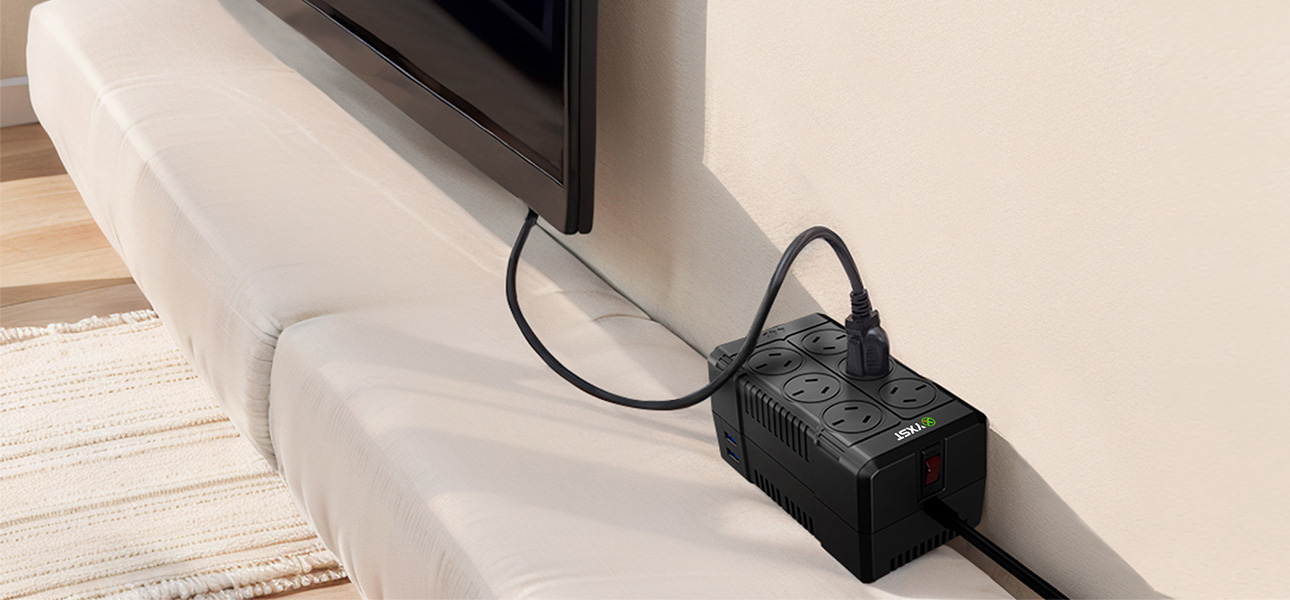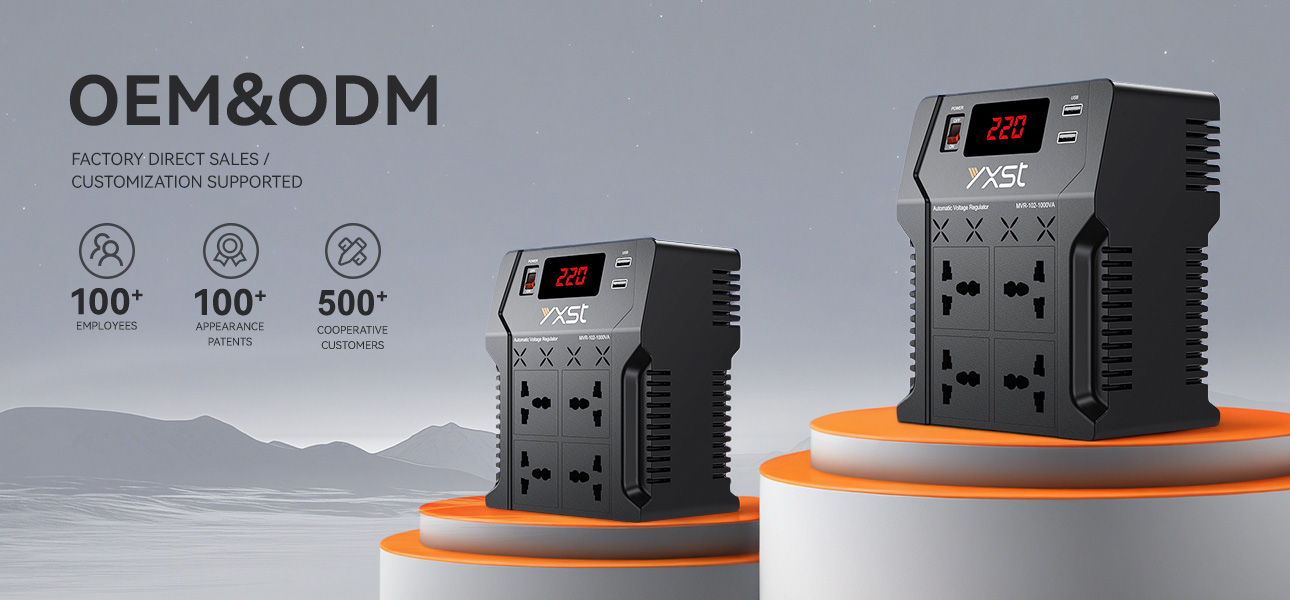Single Phase Voltage Regulator For Home Comprehensive Guide
Date:2025-05-06 Click:1297
Whether you live in an area with frequent voltage fluctuations or simply want to safeguard your home appliances, understanding how these regulators function will help you make an informed decision.
What Is a Single Phase Voltage Regulator?
Single phase voltage regulator is an electrical device designed to maintain a consistent voltage output despite variations in the input voltage. It ensures that home appliances receive stable power, protecting them from surges, sags, and other electrical inconsistencies.
How Does It Work?
The regulator continuously monitors the incoming voltage and adjusts it to a safe range (typically 220V-240V or 110V-120V, depending on regional standards). It uses mechanisms such as:
- Servo-controlled transformers (for precise adjustments)
- Electronic circuitry (for fast response to fluctuations)
- Relay-based switching (for cost-effective stabilization)
By maintaining a steady voltage, the regulator prevents overheating, short circuits, and premature failure of appliances.
Types of Single Phase Voltage Regulators
Different types of regulators are available based on their stabilization method and application.
1. Servo Voltage Regulators
These regulators use a motor-driven variable transformer to adjust voltage levels smoothly. They are highly accurate and suitable for sensitive electronics.
Advantages:
- High precision (±1% regulation)
- Long lifespan
- Ideal for computers, TVs, and medical devices
2. Relay-Based Voltage Regulators
These regulators use electromagnetic relays to switch between different voltage taps, providing step-wise stabilization.
Advantages:
- Affordable
- Fast response time
- Suitable for general home appliances
3. Static Voltage Regulators
These solid-state regulators use electronic components for instantaneous voltage correction without moving parts.
Advantages:
- Silent operation
- Extremely fast correction
- Low maintenance
Why Do Homes Need a Voltage Regulator?
Voltage fluctuations can occur due to:
- Grid instability (common in rural areas)
- High-power appliance usage (e.g., air conditioners, refrigerators)
- Faulty wiring
Benefits of Using a Voltage Regulator at Home:
✔ Protects Appliances – Prevents damage from overvoltage or undervoltage.
✔ Enhances Efficiency – Ensures appliances run at optimal voltage, reducing energy waste.
✔ Reduces Repair Costs – Minimizes the risk of electrical failures.
✔ Improves Safety – Lowers the chance of short circuits and electrical fires.
How to Choose the Right Single Phase Voltage Regulator
Selecting the correct regulator depends on several factors:
1. Power Rating
- Calculate the total wattage of appliances you want to protect.
- Choose a regulator with a 20-30% higher capacity for safety.
2. Voltage Range
- Check the input voltage fluctuations in your area.
- Select a regulator that covers the required range (e.g., 130V-300V).
3. Type of Load
- Servo regulators for sensitive devices (PCs, TVs).
- Relay-based regulators for general appliances (fans, lights).
4. Safety Features
Look for:
- Overload protection
- Short-circuit protection
- Thermal cut-off
5. Brand & Warranty
Opt for trusted manufacturers with reliable after-sales support.
Installation and Maintenance Tips
Installation Guidelines:
1. Consult an Electrician – Ensure proper wiring and grounding.
2. Place in a Well-Ventilated Area – Prevents overheating.
3. Avoid Overloading – Do not exceed the regulator’s rated capacity.
Maintenance Tips:
🔹 Regular Inspection – Check for loose connections or burnt components.
🔹 Clean Dust Accumulation – Ensures proper heat dissipation.
🔹 Test Voltage Output – Use a multimeter to verify stability.
Conclusion
A single phase voltage regulator for home is an indispensable device for ensuring the safety and longevity of household appliances. By stabilizing voltage fluctuations, it prevents damage, enhances efficiency, and reduces unnecessary repair costs.
When selecting a regulator, consider factors such as power rating, voltage range, and safety features. Proper installation and maintenance further ensure reliable performance.
Investing in a high-quality voltage regulator is a smart decision for any homeowner looking to protect their electrical devices and maintain a stable power supply.
By following this guide, you can make an informed choice and enjoy uninterrupted, safe power for all your home appliances.




